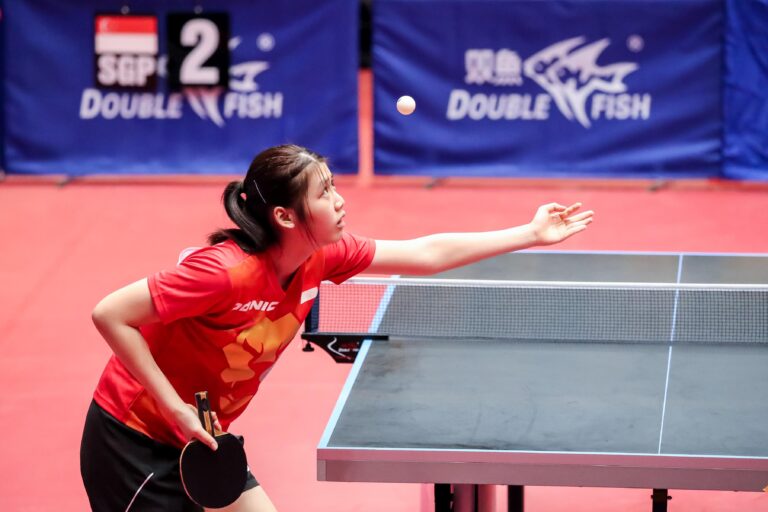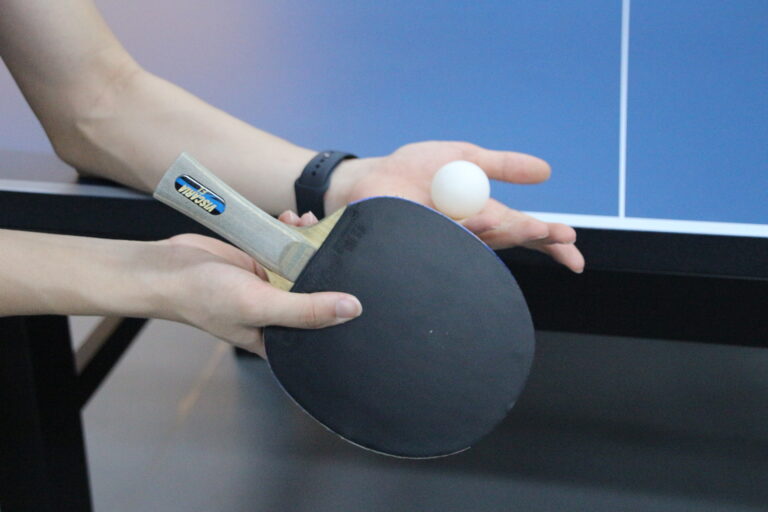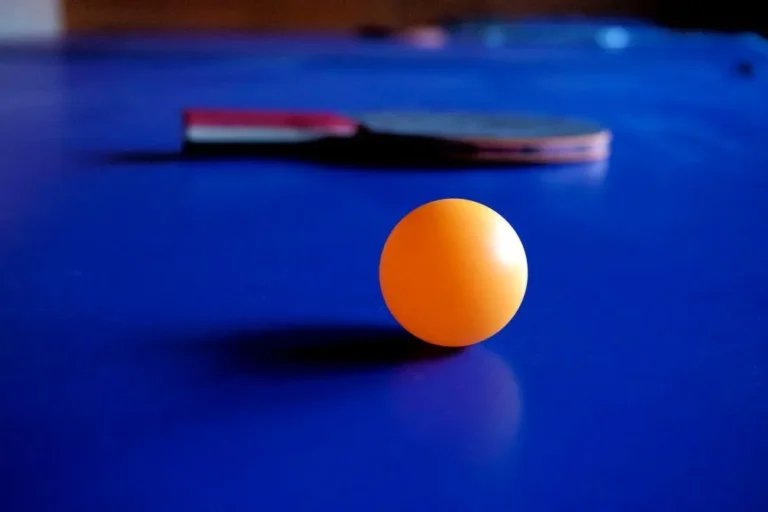Mastering Table Tennis Serve Rules: A Complete Guide
Yi Long, 22 Jan 2025

Serving in table tennis is a crucial part of the game that can give players a significant advantage. However, there are specific rules that must be followed to ensure a fair and legal serve. In this guide, we’ll cover the official table tennis serve rules according to the International Table Tennis Federation (ITTF) and provide tips on how to improve your serve.
1. Basic Serve Rules in Table Tennis
The server must follow these fundamental rules when executing a serve:
A. The Ball Must Be Held in an Open Palm
The ball should rest on the server’s open palm, not in a clenched hand.
This prevents any spin manipulation before the serve.

B. The Ball Must Be Tossed Vertically
The ball must be thrown upwards at least 16 cm (6 inches).
It must not be hidden behind the body or arm.
The toss must be near-vertical without excessive side movement.
C. Contacting the Ball
The server must hit the ball on the way down, after the peak of the toss.
The ball must first bounce on the server’s side before crossing over to the opponent’s side.
D. The Ball Must Be Behind the End Line
The ball and the racket must be behind the table’s end line at the moment of service.
The ball must also be above the level of the playing surface.
E. No Hidden Serves
The server’s free arm or body must not block the opponent’s view of the ball during the serve.
The opponent must always have a clear sight of the ball from start to contact.
2. Double Serve Rules (Doubles Matches)
In doubles matches, the serve must go diagonally from the right half of the server’s court to the right half of the receiver’s court.
Partners must take turns serving in a fixed sequence.
3. Faults and Illegal Serves
The following actions result in a fault (point awarded to the opponent):
Not throwing the ball at least 16 cm upwards.
Hitting the ball before it reaches the highest point of the toss.
Hiding the ball with your body or arm during the serve.
Not letting the ball bounce on your side before crossing the net.
4. Tips to Improve Your Serve

Practice a consistent toss height to avoid faults.
Use different spin techniques (topspin, backspin, sidespin) to confuse your opponent.
Keep your service motion legal but deceptive to gain an advantage.
Train with a mirror or camera to check for hidden serves.
Conclusion
Mastering the rules of table tennis serves ensures fair play and helps you gain a strategic edge. Whether you’re a beginner or an advanced player, understanding these rules will improve your gameplay and help you avoid common faults. Keep practicing different serves and stay within the legal guidelines to dominate the game!
